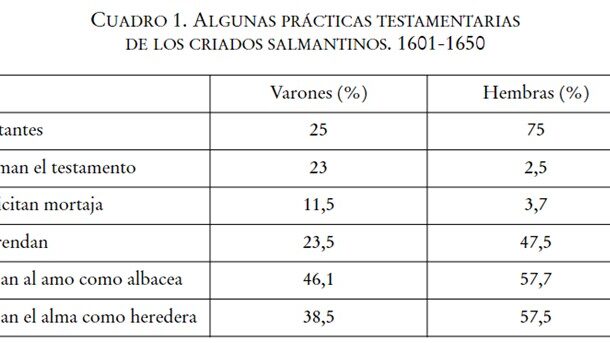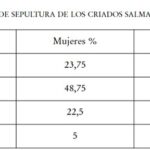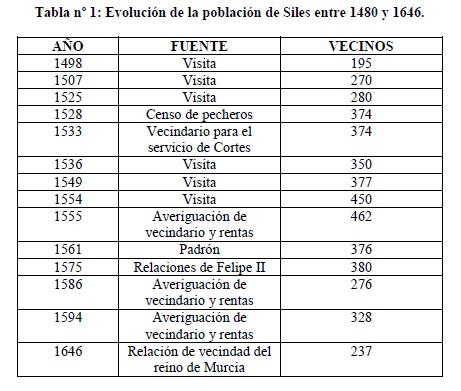
The servants of Salamanca between 1601 and 1650 were predisposed to be buried in the church, followed by places not yet determined, convents or hospitals. This attitude to death is conditioned both by the mentality of the time and by the socio-economic characteristics of the group to which they belonged. Why in the Church? The motivations identified by the author reflect, firstly, the family conscience, as their ancestors were buried there, and secondly, the lower economic cost, as it was cheaper than the other options. Those buried in convents either had a relationship of dependence on them, being servants of these institutions, or had devotions to certain religious orders, which is why there was a higher percentage of men than women who chose this option: 26.9% compared to 22.5%. However, many of the testators (23.75% of women and 34.6% of men) did not specify the place of burial, leaving the choice to their executors, where relatives and masters were the most common choices.
Collection: Statistics
Project: 11. Science and culture as representation in Europe.
Chronology: XVII
Scope: Secondary Education, Baccalaureate, University
Link: https://revistas.usal.es/index.php/Studia_Historica/article/view/7765/7821
Resource type: Statistics
Format: Table
Source: Lorenzo Pinar, F. J. (2009). "Los criados salmantinos durante el siglo XVII (1601-1650): conflictividad social y actitudes ante la muerte (II)", en Studia Historica, vol. 31, p. 298.
Language: Spanish
Date: 2009
Owner: Pablo Ballesta Fernández (Modernalia)
Copyright: ©Studia Historica ©Francisco Javier Lorenzo Pinar
Abstract: Table showing the preferred burial place of Salamancan servants, according to sex, between 1601 and 1650
Image
Tags








